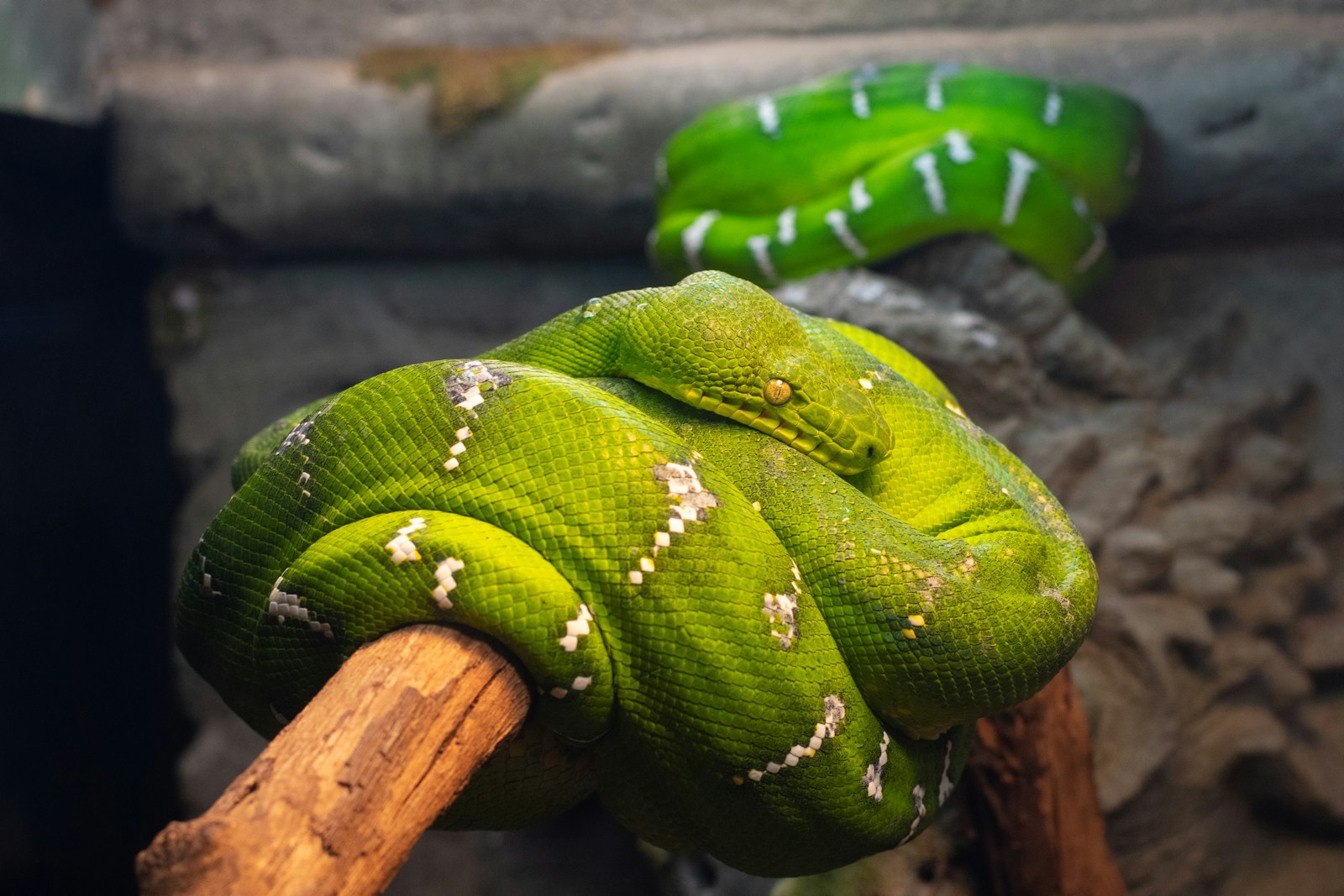In the hidden corners of our world, far from the bustling cities and technological advances of modern society, ancient traditions continue to thrive. Among these enduring practices, snake rituals stand as some of the most fascinating and misunderstood ceremonies still performed today. These rituals, often dating back thousands of years, represent complex spiritual systems that intertwine human existence with the natural world. From the mountains of Appalachia to the jungles of Southeast Asia and the deserts of North Africa, communities maintain sacred relationships with serpents that outsiders rarely glimpse. These practices reflect deep cultural wisdom, spiritual beliefs, and ecological knowledge that have withstood the test of time despite modernization, religious conversion efforts, and changing landscapes.
The Origins of Snake Veneration

Snake worship and ritualistic practices involving serpents date back to prehistoric times, with archaeological evidence suggesting serpent ceremonies existed as early as 7000 BCE. Ancient civilizations across Mesopotamia, Egypt, Greece, and Mesoamerica all incorporated snake symbolism into their religious practices, viewing these creatures as embodiments of fertility, renewal, healing, and divine wisdom. The shedding of skin made snakes powerful symbols of rebirth and transformation, while their perceived ability to move between worlds (underground, on land, and sometimes in water or trees) gave them status as messengers between the human realm and the divine. These early foundations established serpent rituals that would eventually spread and evolve into the diverse practices we can still observe in remote communities today, often surviving as syncretic elements within newer religious frameworks.
The Appalachian Snake-Handling Churches

Perhaps one of the most well-known surviving snake ritual traditions exists not in some far-flung exotic locale, but in the mountains of Appalachia in the United States. Since the early 20th century, a small number of Pentecostal churches have practiced snake handling as part of their religious services, interpreting literally the biblical passage from Mark 16:18 that believers “will pick up serpents.” Practitioners handle venomous rattlesnakes, copperheads, and cottonmouths during heightened moments of worship, believing that true faith will protect them from harm. These services also often include speaking in tongues, faith healing, and sometimes the drinking of strychnine poison as further demonstrations of divine protection. Despite numerous deaths, legal prohibitions in most states, and dwindling congregations, dedicated communities continue this dangerous practice, viewing it as a test of faith and spiritual power rather than mere spectacle.
India’s Nag Panchami Festival
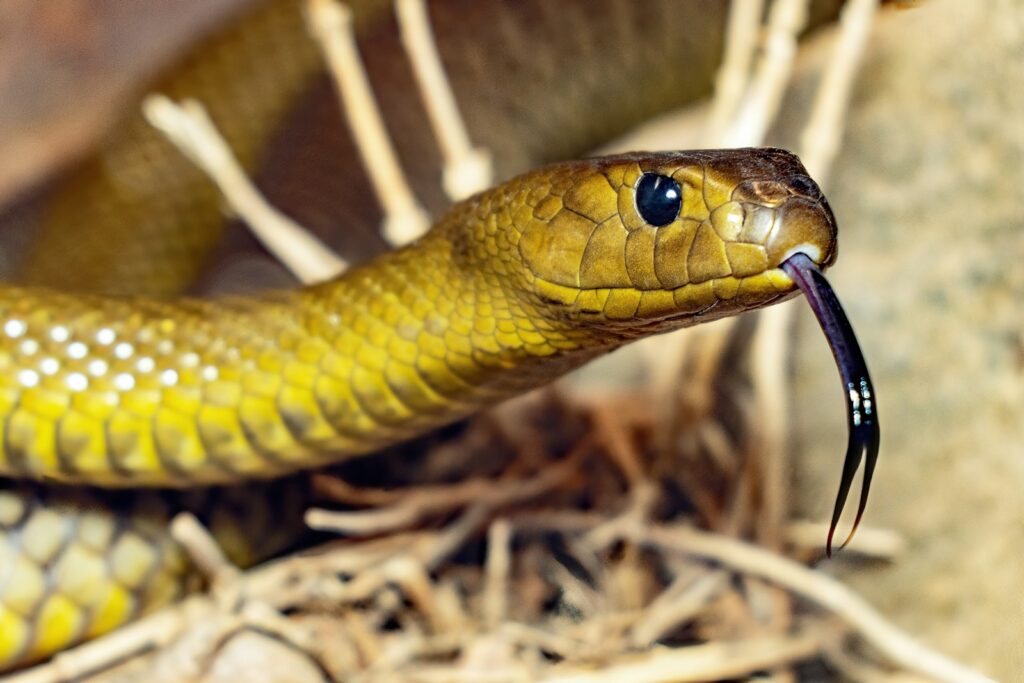
In India, the ancient festival of Nag Panchami represents one of the world’s largest continuing snake veneration traditions, observed by millions each year during the monsoon season. On this day, devoted Hindus worship live cobras and other snakes, offering them milk, flowers, and prayers in recognition of their divine status as protectors of water sources and bearers of fertility. The festival honors the mythological Naga serpent deities, powerful beings believed to control rainfall and underground treasures. In rural villages, specialized snake charmers bring captured cobras door to door for worship, while temples dedicated to serpent deities see massive gatherings. Though animal rights concerns have led to modifications in some urban celebrations, in remote villages the traditional practice continues largely unchanged, with families often keeping small shrines to snake deities in their homes year-round to ensure protection and prosperity.
The Python Priests of West Africa
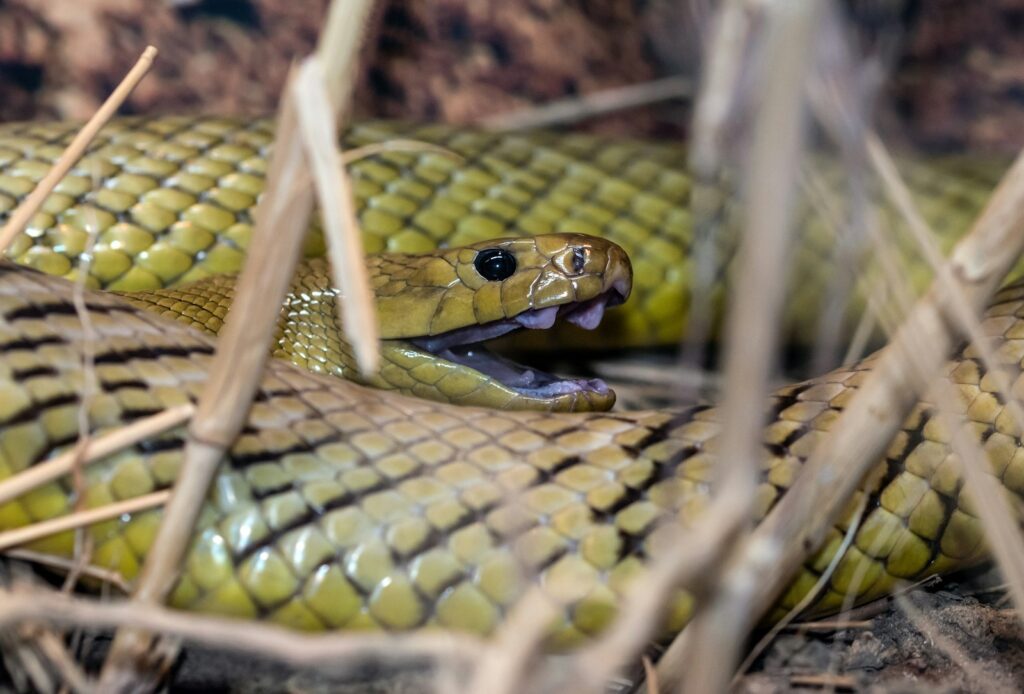
In Benin and parts of Togo, the Vodun religion (a precursor to Haitian Vodou) maintains sacred temples dedicated to python worship, where priest and priestesses serve as caretakers to dozens or even hundreds of royal pythons. These non-venomous snakes freely roam the temple grounds and are considered physical manifestations of the deity Dan, the cosmic serpent who encircles the world. In the most remote villages, initiation into the priesthood involves elaborate ceremonies where candidates enter trances and develop intimate spiritual relationships with specific pythons. These priests undergo years of training to interpret the movements and behaviors of the sacred serpents, which are believed to communicate divine messages and future events. Devotees bring offerings to the temples seeking blessings for fertility, rain, or protection, and the annual Python Festival draws visitors from surrounding regions to witness processions where priests drape massive pythons around their bodies while performing traditional dances.
Southeast Asian Naga Ceremonies
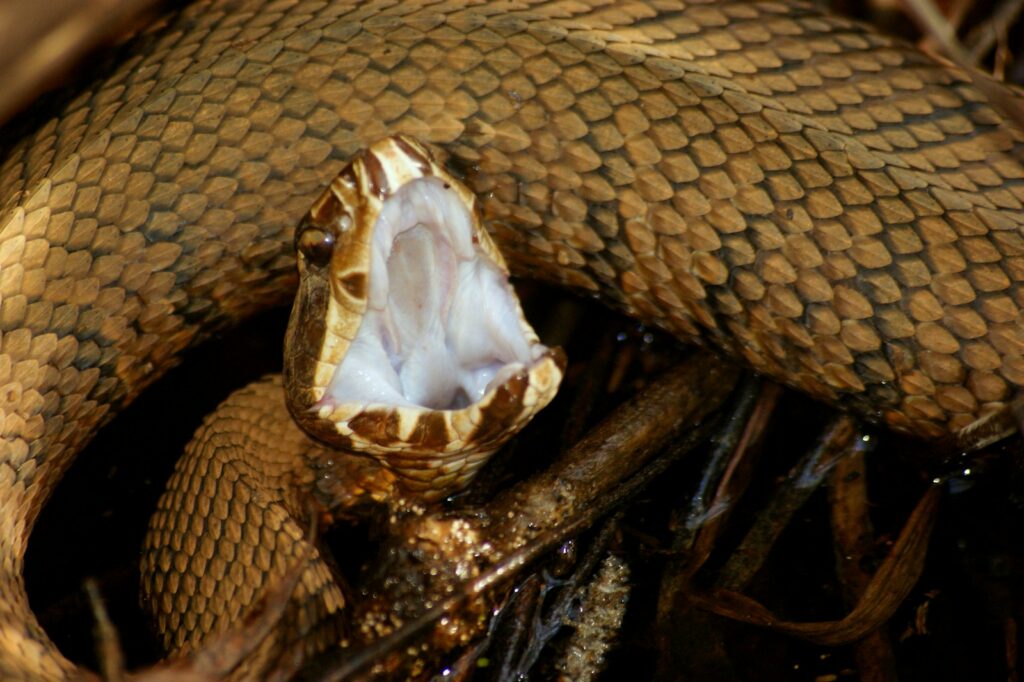
Throughout remote regions of Thailand, Cambodia, Laos, and Myanmar, indigenous communities maintain ancient traditions honoring the Naga, mythological serpent beings believed to control waterways and rainfall. In the most isolated villages along the Mekong River, elder shamans continue to perform annual ceremonies to appease these powerful entities at the beginning of planting season. These rituals typically involve creating elaborate serpent effigies from bamboo and cloth, which the community carries in procession to riverbanks where offerings of rice, alcohol, and sometimes sacrificed animals are presented. During these ceremonies, young women may perform special dances mimicking serpent movements, while male participants often enter trance states in which they’re believed to be temporarily possessed by Naga spirits. In some communities, these rituals culminate with the launching of handmade rockets or floating lanterns, symbolizing communications sent directly to the serpent deities who dwell between the human world and the heavens.
The Snake Handlers of Central America
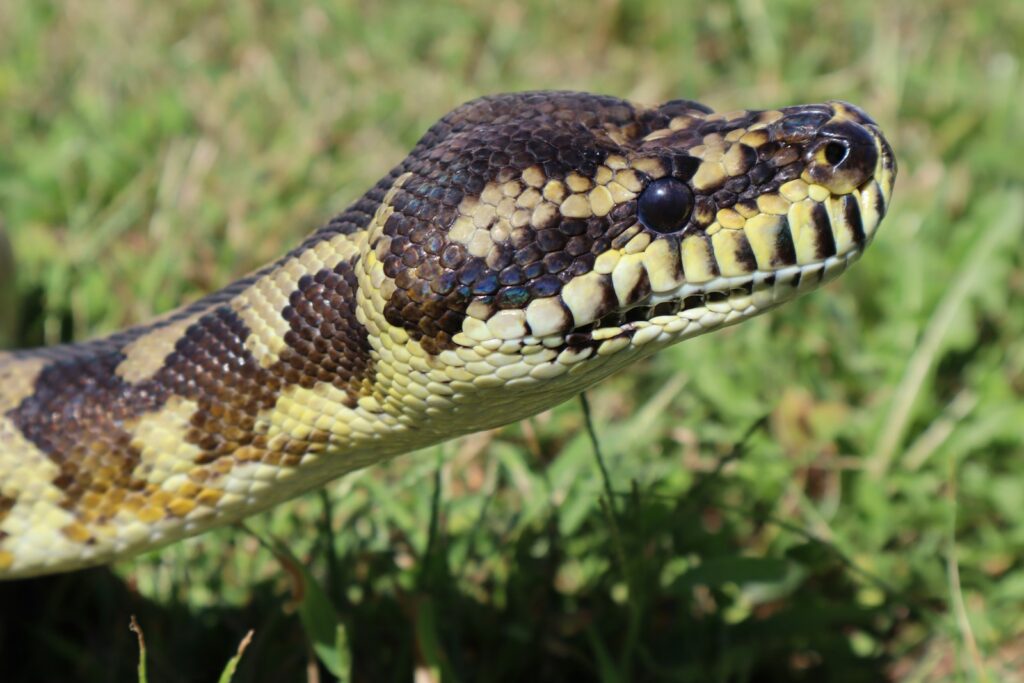
In the highlands of Guatemala and southern Mexico, indigenous Maya communities preserve pre-Columbian serpent ceremonies that have survived centuries of colonial suppression and religious conversion efforts. These rituals focus particularly on the venomous fer-de-lance and tropical rattlesnakes, which shamans capture and handle during agricultural ceremonies meant to ensure bountiful harvests. Unlike the Appalachian traditions, these practitioners use specialized herbal preparations consumed before ritual handling, which they believe create spiritual connections with the serpents while providing some measure of protection against venom. The most skilled handlers demonstrate their spiritual power by allowing snakes to crawl across their faces or by briefly holding the reptiles in their mouths. These ceremonies typically coincide with planting cycles, as snakes are viewed as guardians of the cornfields who protect crops from rodents and represent the vital energy of the earth itself.
Australia’s Aboriginal Rainbow Serpent Ceremonies
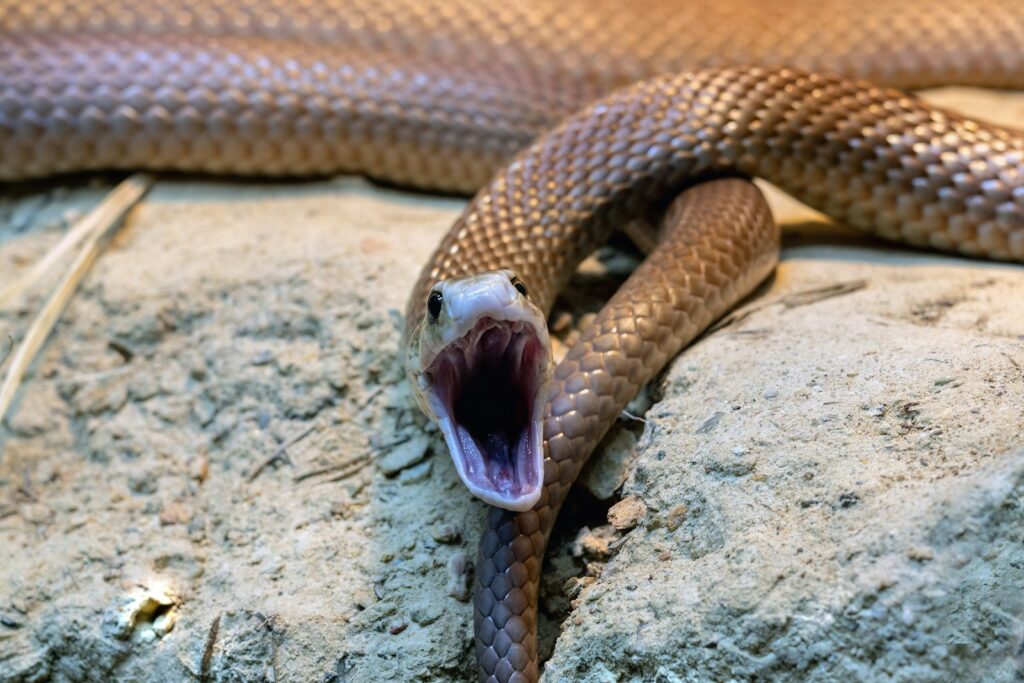
Among Aboriginal peoples across Australia, particularly in remote communities of Arnhem Land and the Central Desert regions, ceremonies honoring the Rainbow Serpent continue as they have for tens of thousands of years. This creator being, believed to have shaped the landscape during the Dreamtime, remains central to Aboriginal cosmology and ritual practice. Annual ceremonies often coincide with the wet season, when increased snake activity is seen as evidence of the Rainbow Serpent’s presence moving across the land. During these highly sacred and often restricted ceremonies, initiated community members perform complex dances that trace the serpent’s creative journeys, accompanied by song cycles that can continue for days or weeks. Body painting with intricate serpent designs, carved wooden serpent sculptures, and sacred ground drawings feature prominently in these rituals, which serve to maintain ecological knowledge, reinforce tribal law, and connect younger generations with ancestral wisdom.
Amazonian Snake Medicine Ceremonies
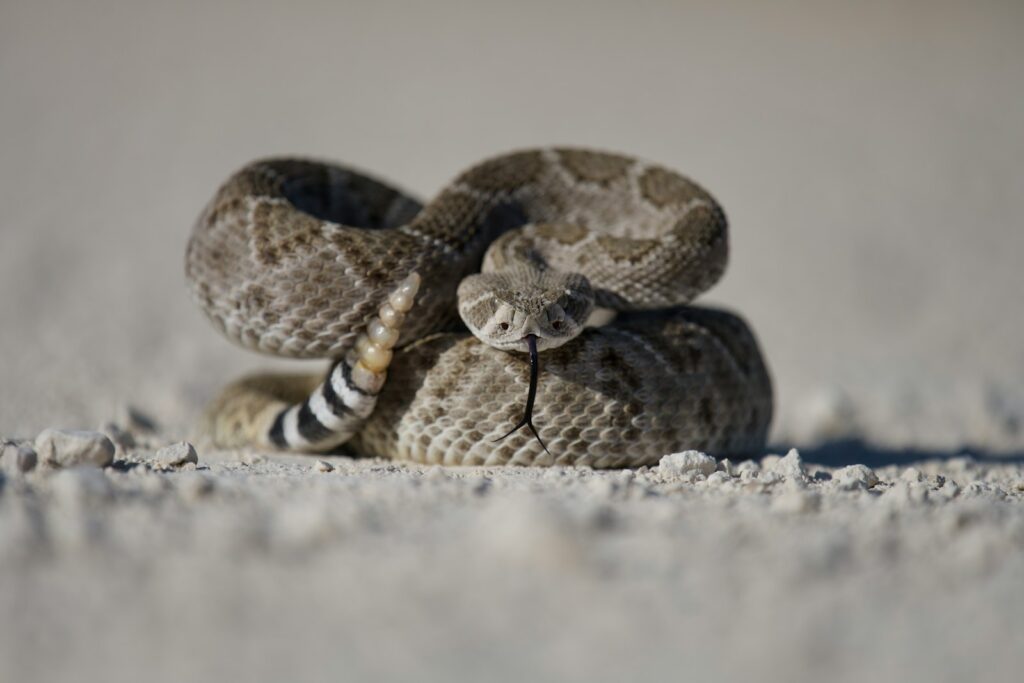
Deep in the Amazon rainforest, several indigenous groups maintain shamanic traditions centered around serpents as healers and repositories of medicinal knowledge. For these communities, the anaconda and boa constrictor represent master plant teachers who revealed healing knowledge to the first shamans. During healing ceremonies, specialized shamans enter altered states through plant medicines like ayahuasca, during which they report transforming into serpents to travel between worlds and recover lost soul fragments from patients. In the most traditional villages, initiation for apprentice healers involves prolonged isolation in jungle areas known for high snake populations, where they must develop relationships with the serpent spirits. Some communities practice a ritual where small amounts of venom from specific venomous species are applied to tiny skin incisions, believed to provide protection against future bites and connect the recipient with serpent wisdom.
The Serpent Handlers of Sardinia
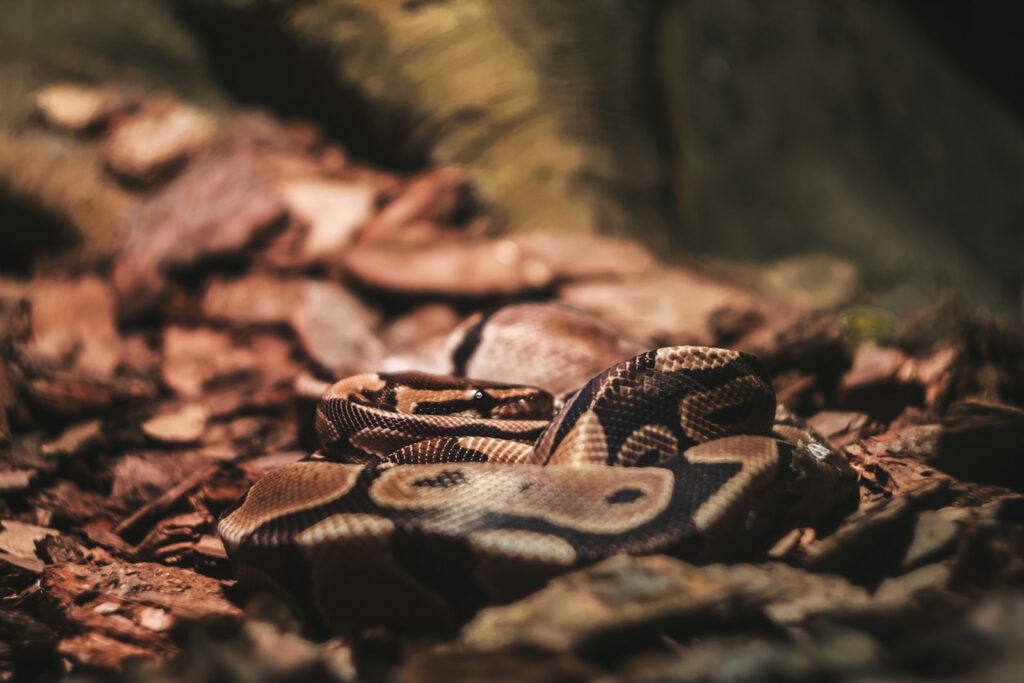
On the Mediterranean island of Sardinia, particularly in the central mountain villages, a remarkable Christian-pagan syncretic tradition has survived involving the handling of the local European asp during religious festivals. These ceremonies, occurring primarily during spring saint’s days, feature designated handlers who process through village streets with serpents draped around their necks and arms. Unlike the Appalachian handlers who view protection from bites as evidence of faith, Sardinian practitioners rely on generations of traditional knowledge regarding snake behavior and seasonality, typically performing these rituals when the snakes are less aggressive. The ritual connects to ancient pre-Christian fertility practices that were later incorporated into Catholic celebrations, with the serpents now symbolizing Christ’s triumph over Satan while still maintaining their older associations with agricultural abundance. Village elders guard the specific techniques for safely handling the snakes, passing this knowledge only to carefully selected community members deemed worthy of the responsibility.
The Snake Shamans of Mongolia
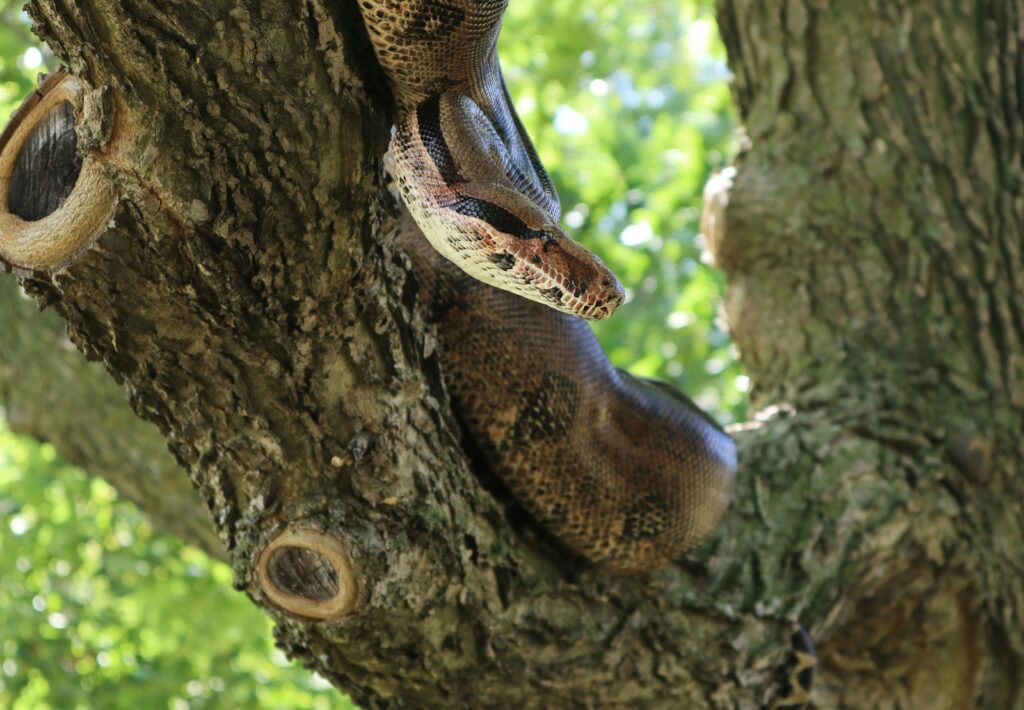
Among the nomadic communities of the Mongolian steppes, particularly in the Altai Mountain region, specialized shamans known as “snake people” maintain ancient practices involving communication with serpent spirits. These traditions, suppressed during the Soviet era but experiencing revival in recent decades, center around the belief that certain individuals are born with special connections to the snake world. Identified in childhood through dreams and unusual affinities for snakes, these individuals undergo apprenticeships with elder shamans to develop their abilities to interpret messages from the spirit world through snake behavior. During important community gatherings, especially those related to healing or divination, these shamans enter trance states while handling live snakes (typically non-venomous species), allowing the serpents to move across their bodies in patterns they later interpret as messages from ancestors or nature spirits. The snake shamans are particularly consulted regarding issues of fertility, as snakes are associated with the underworld where new souls originate before birth.
North African Desert Snake Dances
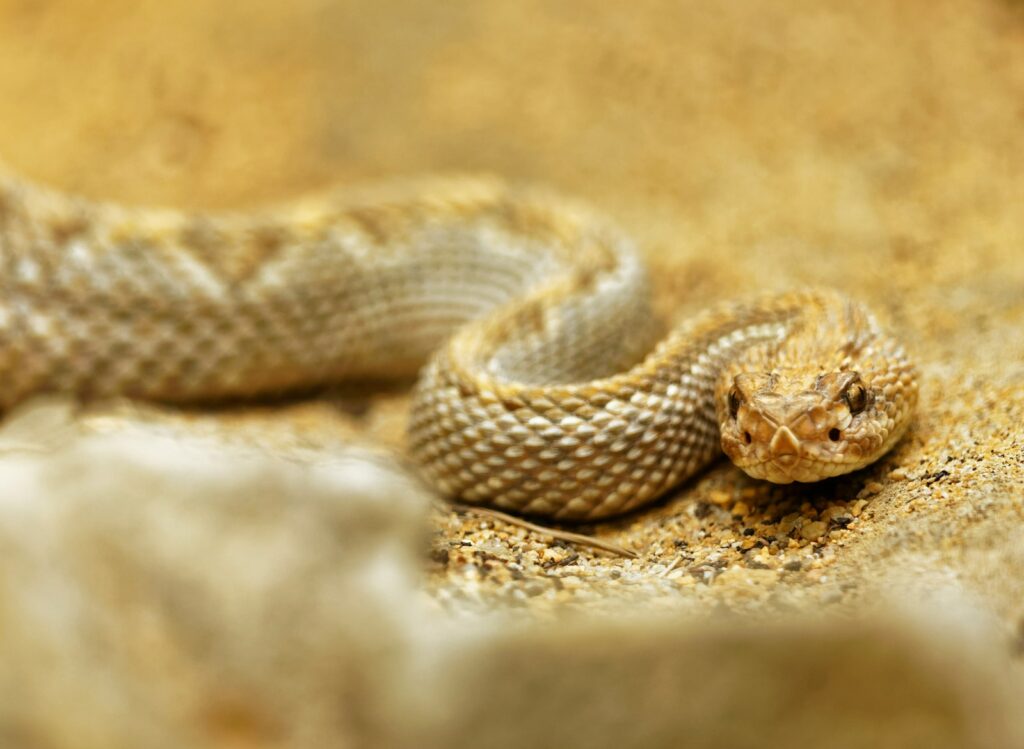
In isolated oasis communities across the Sahara Desert, particularly among Berber peoples of Morocco, Algeria, and Tunisia, ritualistic snake dances continue as living traditions despite centuries of religious change. These ceremonies typically feature professional performers from specific families who inherit the sacred duty of handling the highly venomous horned vipers and cobras native to the region. Unlike many other snake rituals focused on rural agricultural concerns, these traditions developed in trading communities along ancient caravan routes and serve to protect travelers and merchants from dangerous desert serpents. During festivals marking important seasonal transitions, performers enter light trance states while dancing with the snakes, believed to temporarily bind the harmful spirits within the reptiles. The most skilled practitioners demonstrate their mastery by placing snake heads in their mouths or allowing the reptiles to strike at their faces, avoiding bites through precisely timed movements passed down through generations.
The Continuing Evolution of Ancient Practices

As with all living traditions, these ancient snake rituals have not remained static but continue to evolve in response to changing circumstances. Many communities now face challenges from wildlife protection laws that restrict the capture and handling of certain snake species, leading to adaptations like the use of snake effigies or the incorporation of captive-bred specimens. Climate change has altered the seasonal timing of many ceremonies as snake hibernation and activity patterns shift with warming temperatures. In some regions, younger generations have modified traditions to reduce animal stress or eliminate potentially dangerous practices while maintaining the core spiritual elements of their heritage. Perhaps most significantly, some remote communities have strategically opened their previously secretive rituals to limited tourism or documentation, using the income and attention to fund cultural preservation efforts while carefully controlling which aspects remain private and sacred.
The Scientific Perspective on Snake Handlers
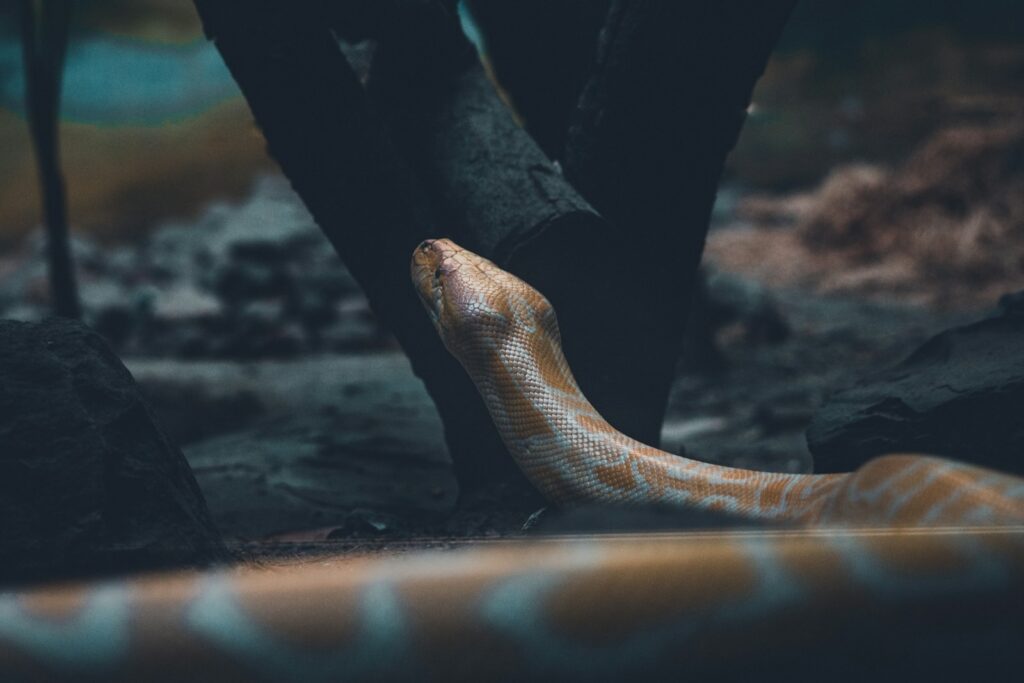
Herpetologists and anthropologists studying these traditions have noted several fascinating patterns that explain how practitioners survive what should be deadly encounters. In many traditions, handlers develop extraordinary sensitivity to snake behavior, recognizing subtle signs of agitation that allow them to adjust their movements accordingly. Some communities selectively breed snakes that display calmer temperaments for ritual use, effectively creating semi-domesticated lineages over generations. Research has documented cases where regular handlers develop partial immunity to certain venoms through repeated low-level exposure, although this offers limited protection against full envenomation. Scientists have also identified specific handling techniques that exploit natural snake behaviors, such as the tendency of many species to become temporarily immobile when supported along their entire length or when exposed to certain rhythmic movements. Rather than dismissing these traditions as merely superstitious, researchers increasingly recognize them as repositories of sophisticated ecological knowledge developed through centuries of close observation.
Preserving Ancient Wisdom in Modern Times
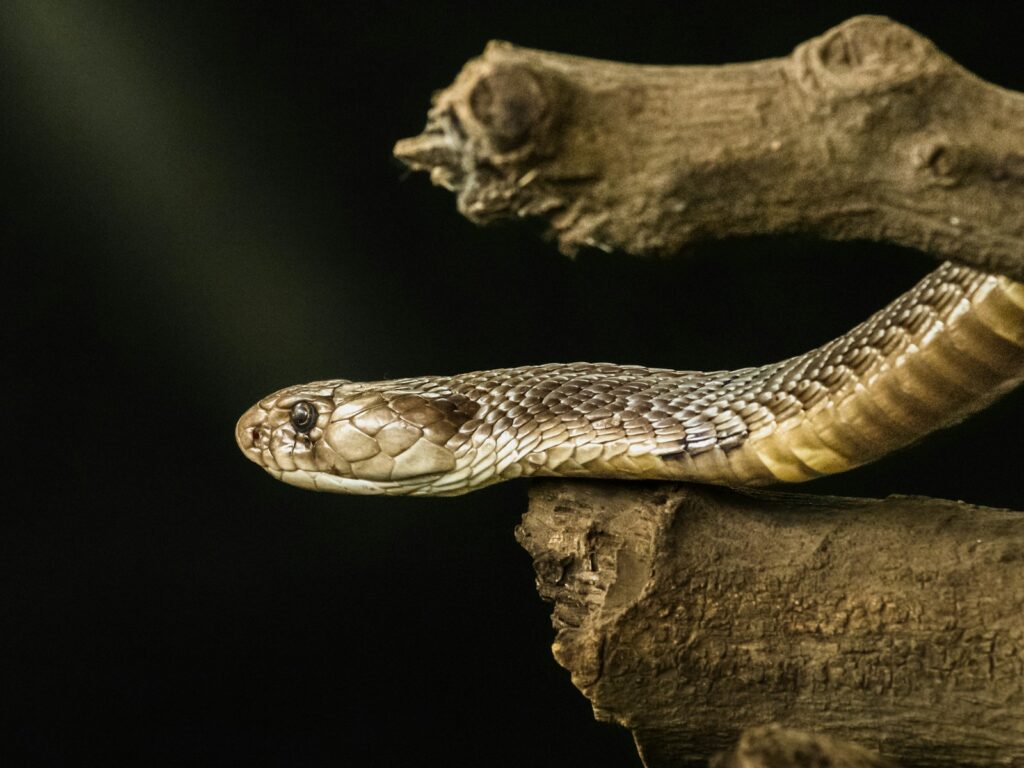
The future of these ancient snake rituals stands at a crossroads, balanced between preservation and adaptation. In some regions, cultural heritage organizations work alongside community elders to document practices through respectful video recording and oral history projects, creating archives that will survive even if the living traditions eventually fade. Several indigenous communities have established cultural centers where younger generations can learn traditional ecological knowledge about snakes in controlled environments before participating in modified versions of ancient ceremonies. Conservation partnerships have emerged in regions like India, where traditional reverence for snakes serves as a foundation for modern snake protection efforts and anti-poaching initiatives. These adaptations suggest that while the specific forms may change, the fundamental human relationship with serpents as powerful spiritual symbols continues to evolve rather than disappear, representing one of humanity’s oldest and most persistent cultural connections to the natural world.
Conclusion
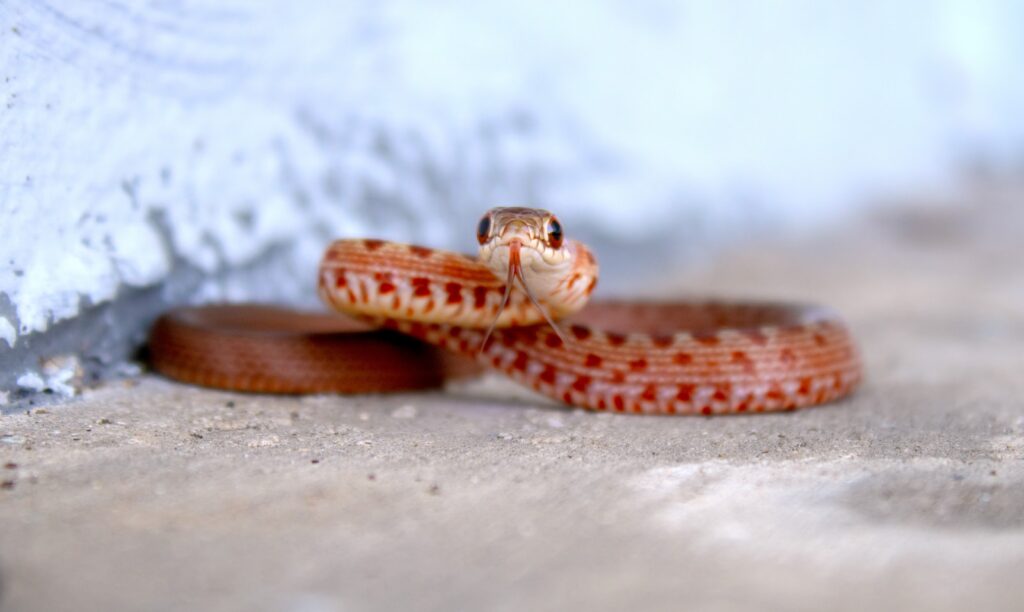
These ancient snake rituals represent far more than curious cultural oddities or dangerous spectacles. They embody complex systems of knowledge about ecology, animal behavior, human psychology, and spiritual experience that have been refined across countless generations. Whether conducted in the mountains of Appalachia, the jungles of Southeast Asia, or the deserts of North Africa, these ceremonies demonstrate humanity’s enduring fascination with serpents as powerful symbols of transformation, healing, and connection between worlds. As modern society increasingly separates itself from direct contact with the natural world, these rituals serve as powerful reminders of alternative ways of relating to nature—relationships based on reverence, intimate knowledge, and respect rather than fear or dominance. In their persistence against tremendous pressure to modernize and conform, these remote communities preserve a diversity of human-animal relationships that enriches our collective cultural heritage.

